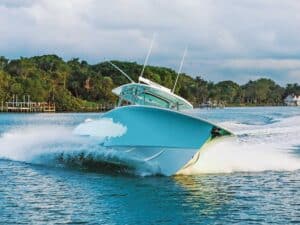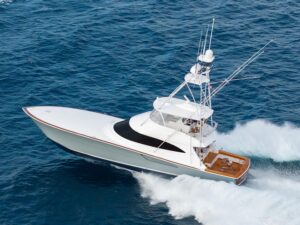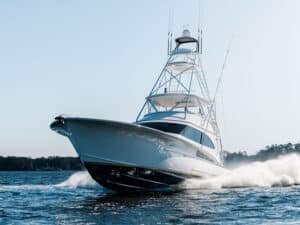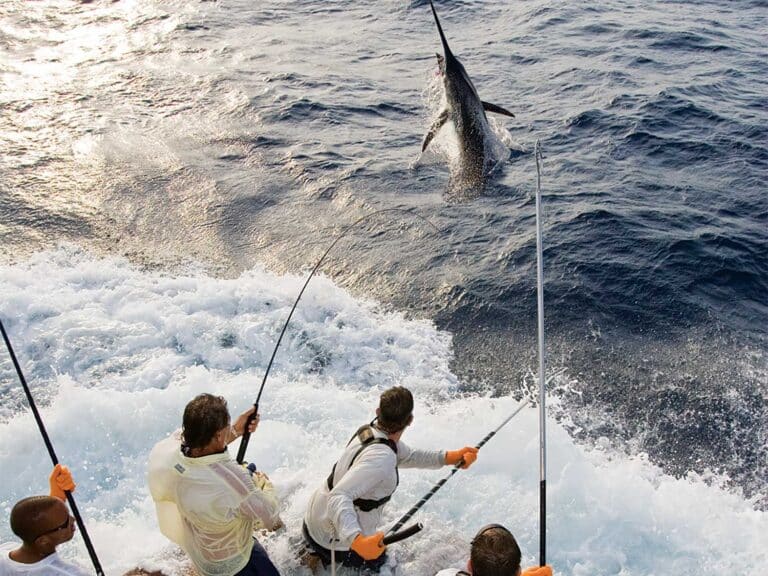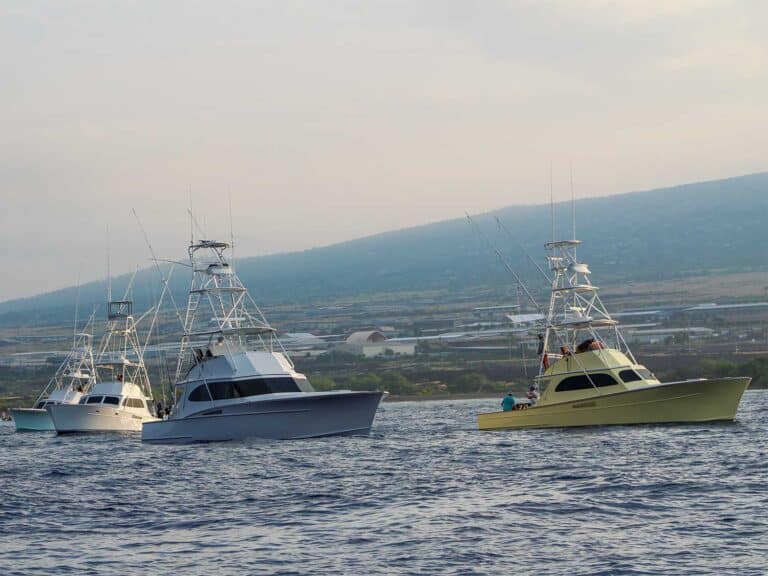
It is common practice to purchase a vessel and run charters to offset some of the costs. Charter operations of all types can be successful if set up properly, but all state and federal regulations must be closely followed. In particular, the US Coast Guard has recently made a concerted effort to crack down on illegal charters operated throughout the country in violation of the Passenger Vessel Safety Act. Generally, there are two types of charters, each of which have their own applicable rules and regulations.
Time-and-Voyage
The first type is a time-and-voyage—or crewed—charter, which is what you would typically find in a sport-fishing operation. Here the entire operation is chartered, with the owner retaining possession, control and responsibility of the vessel and crew. Hence the charterer and owner are entering into one agreement for the services of the vessel, captain and crew together.
The passengers in a time-and-voyage charter are known as passengers for hire. Only US-built and US-documented boats are eligible to carry passengers for hire in US waters or between US ports. There are limitations on how many passengers can be on board, depending on the size of the vessel as defined in the Passenger Vessel Safety Act. Specifically, up to six passengers can be on an uninspected vessel under 100 gross tons and up to 12 passengers on a vessel between 100 and 300 gross tons. A vessel must be inspected if an owner wishes to carry more passengers within those size limitations, or if it is over 300 gross tons.
Watch: Double Take is Hull No. 19 from ACY, and she’s a beauty.
Bareboat Charters
The second type is a bareboat—or demise—charter, under which the charterer retains control and takes over operation and management of the vessel during the charter term. Legitimate bareboat charters are considered non-commercial use of a vessel, which allows foreign-built or -registered vessels to offer charters in US waters. Possession, command and navigation of the vessel must be transferred from the owner to the charterer. The owner may not be the captain of the vessel. To be legally sufficient, the charterer must have the same control over the vessel and crew that the owner would normally exercise. As a result, the charterer is responsible for hiring the master and crew, who then become agents and employees of the charterer and not the owner.
Bareboat charters are common in the yachting or cruising industry and are essential for foreign-built or -registered boats. They provide a form of loophole in situations where time-and-voyage charters are not legally available. Up to 12 passengers can be carried on a bareboat charter, so they are also common for operations that wish to carry more than six passengers on a vessel under 100 gross tons.
Strict Enforcement
The Coast Guard, with assistance from a variety of local agencies, has been cracking down heavily on illegal charter operations throughout the United States, including the Great Lakes. The most common examples of a violation are for carrying too many passengers, or not operating under a properly formed bareboat-charter arrangement.
As mentioned above, a bareboat charter requires the charterer to retain the same control over the vessel and crew as if he were the owner. For many years, it was accepted practice to have one charter agreement between the owner and the charterer and a separate crew-services contract between the charterer and another prearranged entity as an independent contractor, which would then provide the same captain and crew for the charter who were normally employed on the vessel. However, this type of arrangement has become profoundly scrutinized by the Coast Guard. As a result, it has become increasingly important for a bareboat charterer to have complete control over choosing and hiring the captain and crew. For example, the Coast Guard has indicated that the charterer must be provided a list of captains from which to choose.
Hypothetical Scenarios
Perhaps you own a 50-foot sport-fish or cruising yacht and you wish to run day charters out to the local sandbar. However, you prefer to set up your operation for bareboat charter rather than time-and-voyage because it gives you the ability to carry more passengers and make more money on your trips. There can be heavy consequences if the Coast Guard boards the vessel and finds your bareboat operation to be legally improper, even if the vessel is US-built and -documented. Indeed, the operation becomes subject to the rules and regulations for passenger vessels under the Passenger Vessel Safety Act. The guests on board are then essentially considered passengers for hire, and the operation is subject to the size limitations referenced above.
For example, if the 50-foot sport-fish is under 100 gross tons and there are eight guests on a charter, then the legal number of passengers allowed on board the vessel has been exceeded. Not only is this a general violation of the Passenger Vessel Safety Act, the owner can also be fined for not having a valid Certificate of Inspection, failure to have a valid stability letter, not having a credentialed mariner in control while operating a small passenger vessel, and failure to have the captain and crew enrolled in a drug consortium. The captain also risks losing his license, and ultimately, his livelihood. Additionally, the improper charter operation may result in the owner having inadequate insurance coverage or even void a policy altogether.
Read Next: We show you how to build your own ditch bag.
Fines and Penalties
Owners and operators face civil penalties up to $60,000 for illegal passenger-for-hire operations and additional fines for a variety of other violations, including failure to have a Certificate of Inspection, enroll in a drug consortium or have a stability letter. Repeat violations also might result in additional criminal penalties, imprisonment or even vessel seizures.
The Coast Guard treats illegal charter operations seriously on our waterways. And while some rules might seem a bit archaic, the reality is that the Coast Guard is enforcing them to ensure the safety of all passengers. There have simply been too many instances in which passengers are injured—or even killed— in the past few years due to improper safety measures and reckless charter operations. Most passengers have spent limited time on the water, so it is up to the owners and operators to uphold their duty to provide a safe environment for their customers.
Raleigh P. Watson is a contributing author, and a Partner at Miller Watson Maritime Attorneys.
